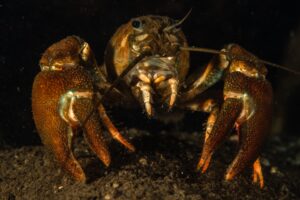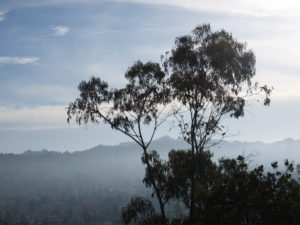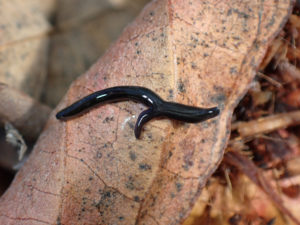The scientists and volunteers with the Coho and Steelhead Monitoring Program don’t yet have to deal with New Zealand mud snails. Barely larger than a grain of rice, this snail from Down Under has invaded water bodies all over the West, and it’s a nightmare for trout, salmon, or steelhead—and for people trying to restore habitat for those species. According to an Oregon Sea Grant brochure, a single mud snail can clone herself (all of them are female) and eventually establish a colony of up to 400,000 snails per square meter. They can survive out of water for weeks and tolerate a wide range of habitats, including brackish water. They rapidly colonize a new location, stripping the river of algae, displacing nearly all other bottom dwellers, and outcompeting fish for food and habitat.
The snails hitch a ride to new territories by attaching to people’s clothes, gear, and boats. In the wider Bay Area, the mud snails have already been found in stretches of Yolo Couty’s Putah Creek, Rush Creek in Marin, the lower Napa River, Santa Cruz’s San Lorenzo River, and Contra Costa’s West Antioch Creek. Recently, New Zealand mud snails were found in upper Niles Canyon and in the Alameda Creek flood control channel. The mud snails in Alameda Creek were the first ones detected in a southern tributary of San Francisco Bay.
The Department of Fish and Game is asking anglers and other waterway users to help prevent the spread of this invasive snail by cleaning all gear that touches the water before moving the gear to another location. For more information, download the New Zealand Mud Snail Prevention Guide.

.jpg)



